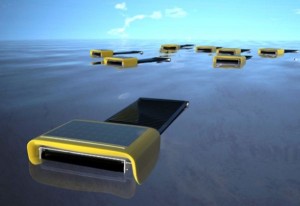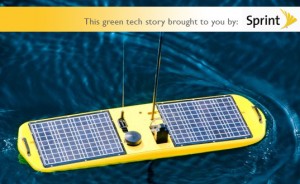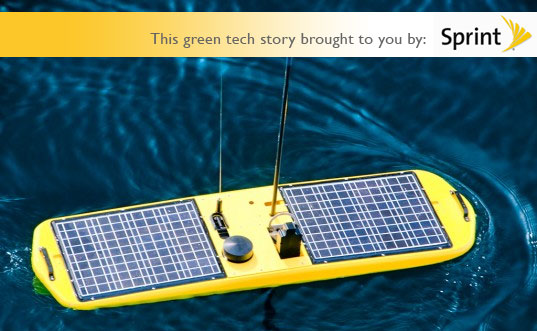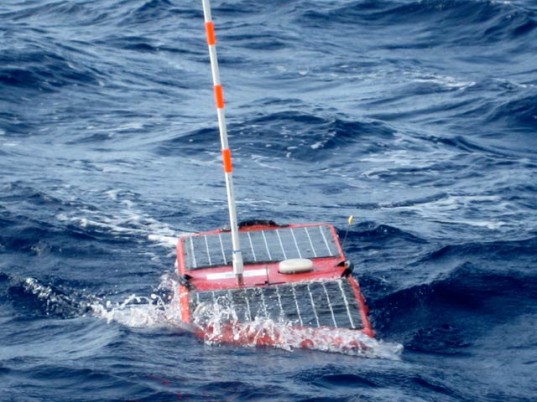
Robots are soon becoming the future of mankind. Most of the operations today, right from dish-washing to automobile-assembly, are handled by these machines. They have started to operate on their own with the advent of autonomous robots. These robots are fed with pre-programmed tasks, and they manage to do so by adjusting themselves to various situations.
But, there is one situation a robot finds hard to adjust; finding power. As a robot is an electronic gadget ultimately, it needs electric energy to fuel its own operation. As long as there is energy in the battery, the robot continues to operate, but one this energy expires, the robot freezes midway of what it is doing. In order to make robots self-sufficient with energy, even when there is no human presence in the vicinity to take care of the batteries, most of the robots designed are going for non-conventional sources of energy such as solar and water power. Here is a list of five coolest uses of self-powered robotic technology. Have a look!

 Follow
Follow

